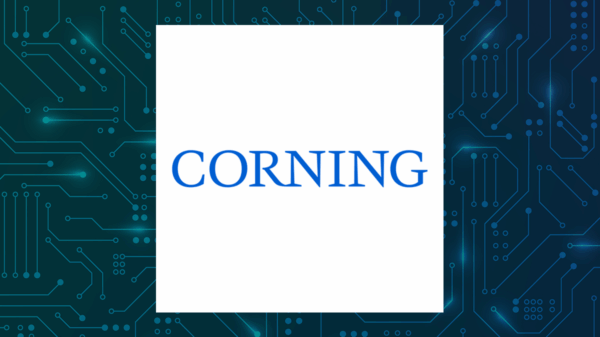A personal trainer recently explored the potential of artificial intelligence by utilizing ChatGPT to create a four-week muscle-building program based on the German Volume Training (GVT) method. The trainer aimed to assess how effective AI could be in designing tailored workout routines, given the high costs associated with personal training services.
GVT is a well-known approach in the fitness community, emphasizing high volume through ten sets of ten repetitions for each exercise. The program targets two compound exercises per session, supplemented by optional accessory exercises. The fundamental principle is to stimulate muscle growth without spending excessive time in the gym, making it an appealing option for many fitness enthusiasts.
Curious about the quality of AI-generated workout plans, the trainer provided specific details to ChatGPT, including current lifting capabilities: a maximum of 35kg for front squats and 25kg for bench presses. The trainer requested a progressive program that adhered strictly to GVT principles while incorporating just a barbell and a set of dumbbells.
ChatGPT responded with a structured plan that retained the essence of GVT while allowing for progressive overload. The initial proposal included two sessions per week, targeting major muscle groups effectively. The AI suggested that as long as good form was maintained, weights could be incremented by 2.5kg each week. This progressive approach aligns well with the core tenets of GVT, which focus on volume and intensity to drive muscle growth.
Evaluating the AI-Driven Program
The trainer expressed surprise at the effectiveness of the program generated by ChatGPT. While the human touch in personal training is irreplaceable—such as real-time adjustments based on form and motivation—AI can provide substantial guidance for those unable to afford traditional personal training fees. The trainer noted that it is essential for users to know how to frame their queries to achieve the best results from the AI.
The four-week GVT program outlined by ChatGPT featured key exercises aimed at comprehensive muscle engagement. For example, the main lifts included barbell front squats and bench presses, which target the legs and upper body, respectively. Accessory movements like dumbbell Romanian deadlifts and overhead presses complemented these main lifts, ensuring a balanced routine.
The structured approach included specific instructions for maintaining proper form and pacing. The trainer appreciated that ChatGPT recommended a slow eccentric tempo—focusing on a controlled lowering of weights—thereby enhancing muscle engagement during workouts.
While the AI-generated program proved effective, the trainer noted a desire for further clarification on what constitutes “good form” for each exercise. The absence of detailed explanations for beginners may limit the program’s accessibility to novice lifters. Nevertheless, the trainer acknowledged that users with experience could benefit from the program’s straightforward structure and clear progression guidelines.
Final Thoughts on AI in Fitness
As the trainer evaluated the overall effectiveness of the GVT program crafted by ChatGPT, it became evident that AI could serve as a valuable resource for those seeking to enhance their fitness journey. The program’s emphasis on compound movements targeted multiple muscle groups without overwhelming the user with accessory lifts.
In conclusion, while AI like ChatGPT can generate effective workout plans, the role of a personal trainer remains crucial for real-time adjustments, motivation, and personalized feedback. The trainer’s experience illustrates that AI can be a useful tool for fitness enthusiasts, particularly those unable to invest in one-on-one training. As technology continues to evolve, its integration into the fitness industry will likely grow, providing more individuals with accessible pathways to achieving their health and fitness goals.
































































